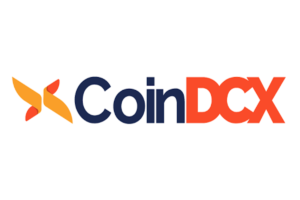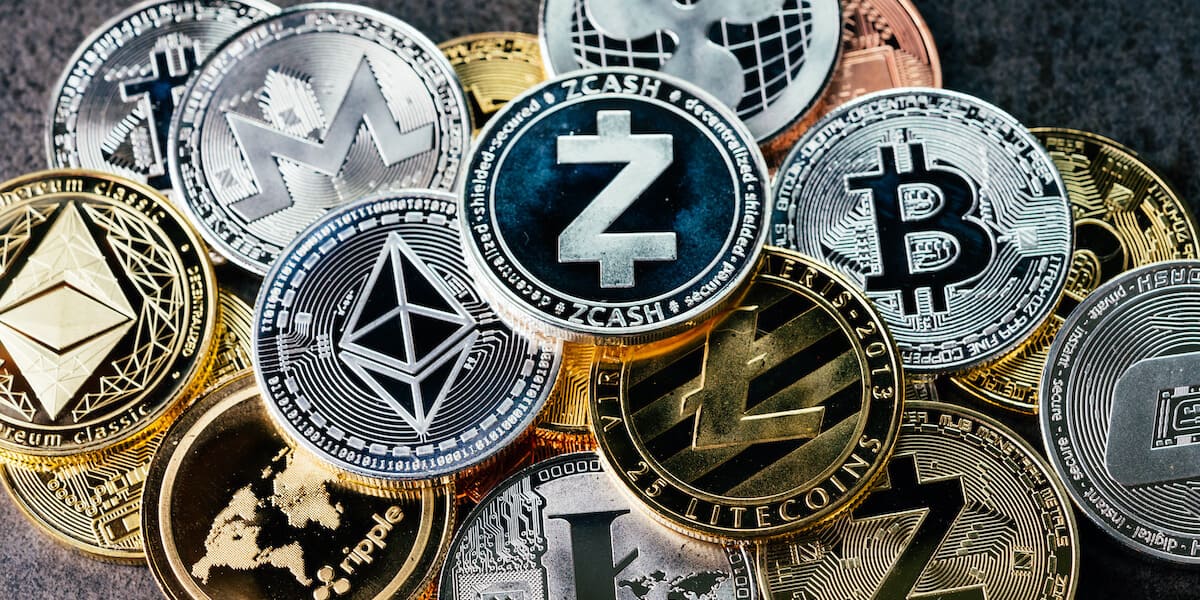Bitcoin is a decentralized digital currency traded on blockchain technology without a regulator or central bank.
Sahil Mehta, a digital marketing professional, invested his money in several assets like equity, mutual funds, gold, etc. Then, in 2021, his focus shifted to a new asset class – cryptocurrency.
After seeing everyone earning substantial profits in Bitcoin, he started investing in Bitcoins. He did not stop here, further invested in Ethereum.
When Mehta opened a crypto account, he saw two classes of Ethereum – one was Ethereum (ETH) trading at USD 1500 per token, and another was Ethereum Classic (ETC) trading at USD 7 per token.
Mehta bought Ethereum Classic because it was low-priced and was available at a good bargain, but he was not aware of the concept of ‘hard forks’ or ‘double spend’.
Before diving into these concepts, let’s have a look at the evolution of the crypto market.
Cryptocurrency – Bitcoin
It all began with Bitcoin in 2008. The tokens are known as ‘Altcoins’ or ‘Alternate cryptocurrencies. The crypto-asset space has grown over the past few years. Today, 13000 altcoins amount to a market cap of USD 1.4 trillion.
Now have a look at the Indian stock market exchanges – BSE and NSE. Both have 7400 companies listed. It becomes difficult for an investor to choose one good company.
In the crypto space, what muddies the water further is the presence of namesakes of crypto tokens. There is a fear of missing out on investors like Mehta, who do not want to miss out on the nest best wealth creator.
But before investing, it is essential to know how did these cryptos become so popular. 
What is a ‘hard fork’?
Bitcoin and Ethereum work on blockchain technology, a block of data that forms into a chain and records all the transactions.
A fork in a blockchain means that the developer makes changes in the basic rules of the protocol.
Fork leads to a chain split, where the new chain of blocks get recorded through a new direction, and the old transaction history remains preserved.
It is of two types- soft and hard forks. Hard forks are responsible for deploying namesake tokens.
A hard fork is where the basic protocol changes so much that the new version of the chain does not remain compatible with the historical chain. So, once there is a split, there is an original version and a different version with a new crypto coin.
Bitcoin Cash and Bitcoin Gold came from the Bitcoin network through a hard fork. Ethereum Classic came into existence through a hard fork.
According to Forkdrop, a directory of crypto assets fork, there are 105 bitcoin fork tokens due to digital currency, out of which 74 are active, and 31 are irrelevant. 22 Altcoins have originated from Ethereum, Litecoin, Monero, etc.
Should the bitcoin splits be supported?
This question is still unanswered. The crypto exchanges are working with their peers to conclude this matter.
The co-founder of the crypto exchange Bitbns said that the platform is not considering splits like Bitcoin becoming Bitcoin Gold or Bitcoin Diamond. They provide the same ratio of Bitcoin or the relevant token to their users, with the same price during the split.
It creates a lot of chaos among the investors. The exchanges will support a genuine fork that leads to the development of a new coin with some actual utility and design change in terms of the operations.
CoinDCX keeps both the original and the new token. A lot depends on the market dynamics and benefits that the forked token provides to the users. The new fork tokens need to comply with the ‘7M’ framework of the exchange.
What is double spend?
Double spend or 51% attacks is one of the biggest problems in making digital currency. In double-spend, the same digital token can be spent multiple times.
Bitcoin used proof-of-work (PoW). It made rewriting of blockchain and reverse transactions, considered as settled, expensive for attackers.
But theoretically, the attackers still have control over the rash rate network by 51% or more. Hash rate is simply the speed of mining – the ratio between the number of calculations per second.
This theory turned into reality when markets got crowded with altcoins, which reduced the interest of miners, in turn decreasing the hash rate to secure the network.
In the case of hard forks, there is a lot of confusion among the investors. Each one claims their tokens as primary and the counterplay as secondary. But at the end of the day, the token with the highest support from miners is the primary blockchain.
Thus, the most attractive token among miners, developers and users is the most valued token.
Bitcoin Gold has been a victim of 51% attacks twice. Once in 2018, where USD 17.5 and later in 2020, USD 70,000 were double-spent.
In 2019, an Ethereum classic worth $500,000 was stolen. In 2020, there were two successful attacks where Ethereum Classic worth $9 million was double-spent.
Measures to avoid bitcoin namesakes
To clear out the confusion during hard forks, customer education and communication become essential. The presence of namesakes is a danger to new investors. CoinDCX helps people familiarize themselves with the fundamentals of cryptocurrencies.
For double-spends or 51% attacks, all the platforms immediately stop the withdrawals and deposits of the particular token and then try to fix the patches.
Platforms should take some proactive measures instead of reactive ones to deal with such situations.
The need to be proactive
Binance has different zones like the NFT zone, DeFi zone, etc., bringing clarity to investors- where are they investing their money. Exchanges can create a fork zone and add all fork instruments to it.
But fork instruments can grow into a multi-billion business. Hence, one should not ignore them.
List the assets based on their market capitalization. Substantial capital of forked instruments grabs retail attention.
A simple pop-up box, like, ‘you are buying a forked instrument’ or ‘are you sure you want to buy this’ can make a huge difference.
Conclusion
Coming back to Mehta’s blind play on Ethereum Classic, it turned into his favour as the crypto was trading at its all-time high before crashing. The sudden spike frightened Mehta, and he exited with few profits.
Mehta said that he is not scared of such bets but will restrict the size of investments. Because many investors bought the token at its all-time high, and later it saw a correction of 60%.




